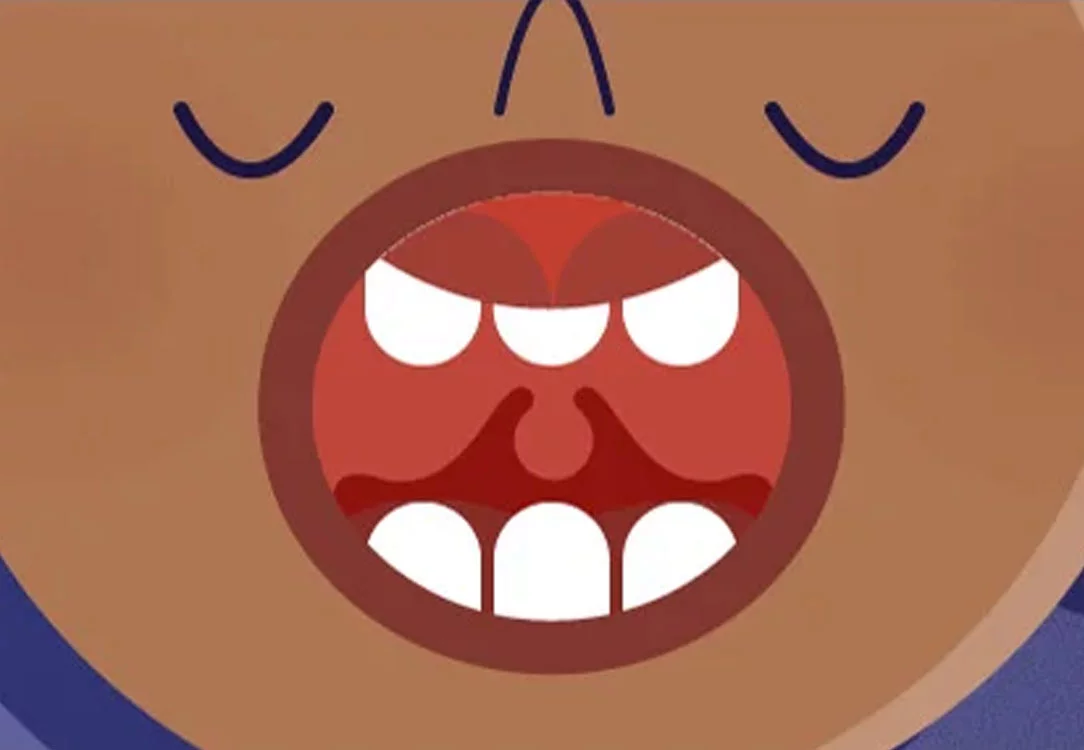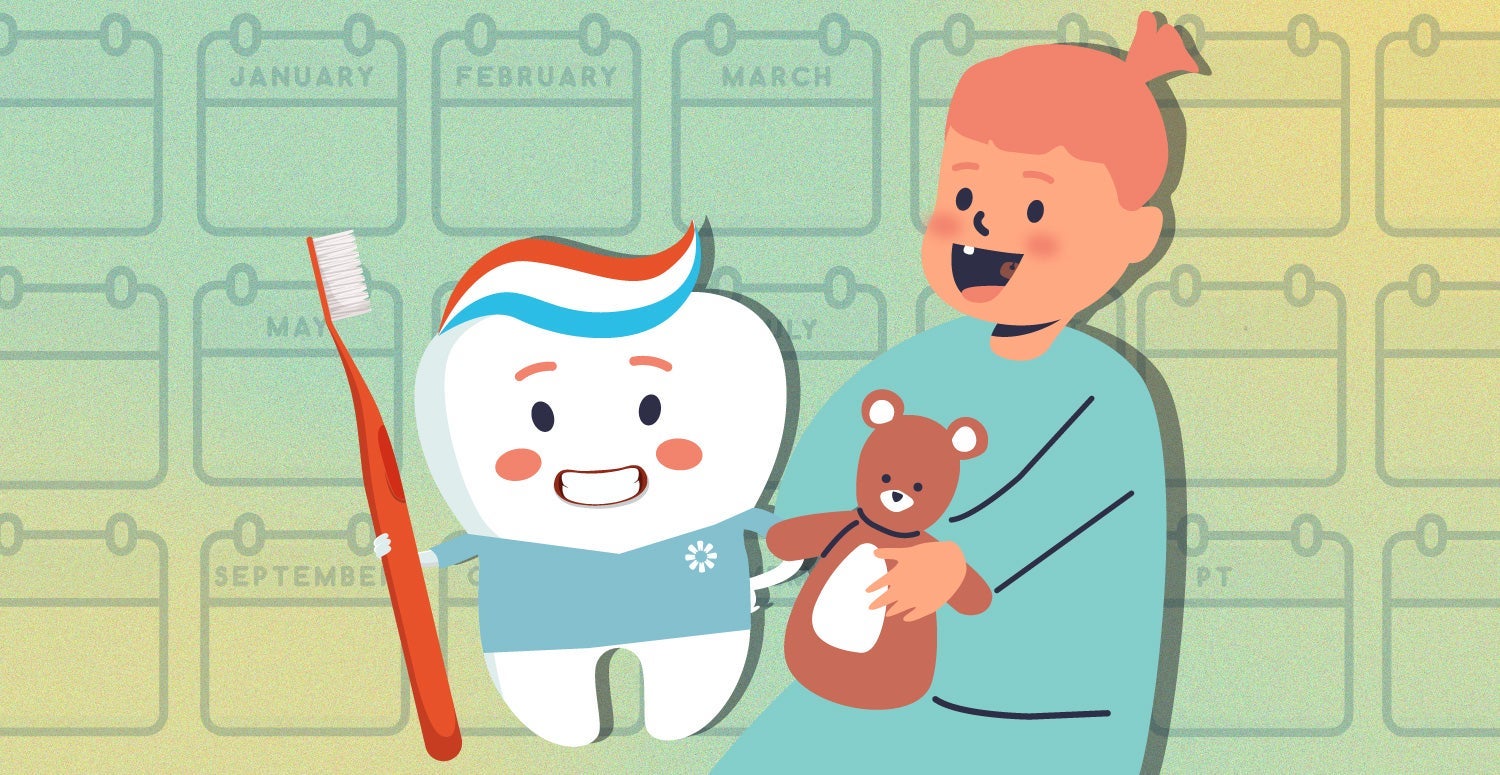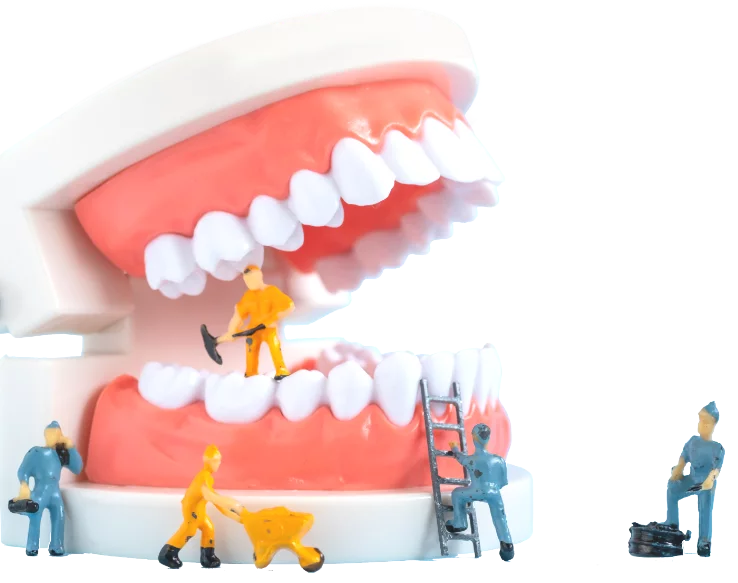Most recognized dental procedures, such as filling cavities, root canals, and crowns, involve the teeth. However, a lesser-known procedure known as a frenectomy is the process of correcting a lip or tongue tie.
What is a Frenectomy Surgery?
A frenectomy, or frenulectomy, is a surgical procedure that treats a lip and tongue tie. The surgeon cuts or modifies the frenulum — a connective tissue band that joins two areas of the mouth. The two most common scenarios are when a frenulum joins the lips to the gum or the tongue to the mouth floor.
What are the types of Frenectomies?

What is a Frenulum?
There are two types of frenulums (also referred to as a frenum): the labial frenulum and the lingual frenulum. They are each located in a different part of the mouth.
Labial Frenulum
Lingual Frenulum
Who Needs a Frenectomy?
- Lip-tie: this limits lip movement
- Tongue-tie: this limits the tongue’s range of motion
- Diastema: this is the gap between teeth
- Pain: brushing and oral care can result in swelling and tenderness
Frenectomy Procedure
Prior to the procedure, the patient discusses their health history with the provider. This includes sedation options: nitrous oxide (laughing gas), oral sedation, or IV sedation. Sedation isn’t always necessary. Your healthcare provider can make that determination.
The actual procedure involves several steps:
- The patient lays faceup secured. Parents might need to hold their child at this point.
- Sedation application, if necessary
- The doctor snips the frenum using one of the following: a scalpel, surgical scissors, or a cauterizing instrument
- A complicated lip tie or tongue tie procedure could necessitate several stitches to close the incision

Benefits & Risks
- Allow infants to breastfeed
- Relieve speech issues caused by a tongue-tie
- Reduce tooth decay and gum disease risk
- Improve smile by eliminating tooth gaps
- Bleeding and swelling
- Pain
- Infections
- Salivary duct injury in the tongue-tie area
- Allergic reaction to anesthesia
- Frenulum reattaches
How Long Does It Take to Heal from a Frenectomy?
How Much Does Frenectomy Cost?
The cost of a frenectomy without dental insurance can range anywhere from $800 to $8,000.
Find a Dentist Near Me
Consult your dentist to discuss any questions about a lip tie frenectomy (including an adult lip tie or a lip tie for toddlers) or a tongue tie surgery. Or, check out The Smile Generation to find a dentist near you for all your oral health needs. You can read patient reviews, peruse staff bios, and schedule an appointment online with a click of your mouse.
Find your trusted, local dentist today!
Sources
Frenectomy, Cleveland Clinic, April 11, 2022, https://my.clevelandclinic.org/health/treatments/22714-frenectomy
What is a Frenum, Frenectomy and Frenotomy? Definitions, Procedures, and Care, Colgate, September 15, 2022, https://www.colgate.com/en-us/oral-health/mouth-and-teeth-anatomy/frenums-and-frenectomy#
How to Identify and Treat a Lip Tie, Colgate, September 15, 2022, https://www.colgate.com/en-us/oral-health/developmental-disabilities/how-to-identify-and-treat-a-lip-tie
Watson, Kathryn, “What You Need to Know About Oral Frenectomies,” Healthline, February 13, 2020, https://www.healthline.com/health/frenectomy
Caloway, Christen, MD, Association of Feeding Evaluation With Frenotomy Rates in Infants With Breastfeeding Difficulties, July 19, 2019, https://jamanetwork.com/journals/jamaotolaryngology/article-abstract/2737712?resultClick=1
Smile Generation blog articles are reviewed by a licensed dental professional before publishing. However, we present this information for educational purposes only with the intent to promote readers’ understanding of oral health and oral healthcare treatment options and technology. We do not intend for our blog content to substitute for professional dental care and clinical advice, diagnosis, or treatment planning provided by a licensed dental professional. Smile Generation always recommends seeking the advice of a dentist, physician, or other licensed healthcare professional for a dental or medical condition or treatment.








